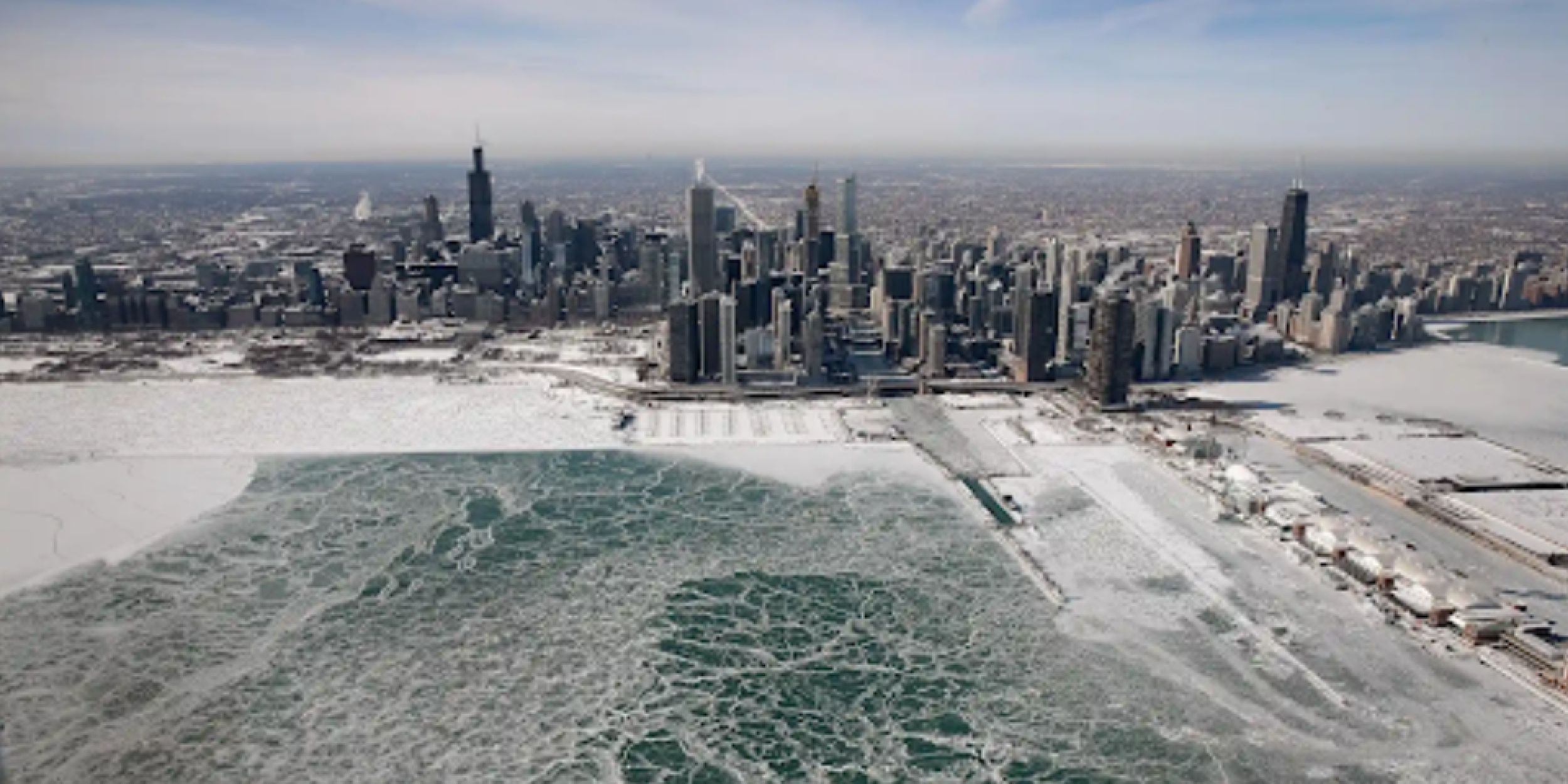Accelerated Arctic warming, known as Arctic amplification, has been evident since the 1990’s as one of the more robust signs of global warming. Currently, certain hypotheses that establish Arctic amplification as a contributor to more severe winter weather, like the record-cold Texas temperatures in February 2021, have ignited intense debates among climate scientists.
A new study in Science, funded by CPO’s Modeling, Analysis, Predictions and Projections (MAPP) program, used machine learning techniques to shed light on this debate. Examining model and satellite data from 1980 to 2021, the research team found that a stretching of the Arctic polar vortex—a strong band of winds in the stratosphere surrounding the North Pole— has increased with Arctic amplification, and is linked with extreme cold across parts of Asia and North America. Climate change is favorable for increasing Arctic polar vortex stretching events, according to the study.
When the Arctic polar vortex is strong and stable, the polar air remains in place over the North Pole; when the polar vortex weakens or stretches, extremely cold air can dip south. Results show that stronger Arctic polar vortex conditions are decreasing in frequency, while weaker Arctic polar vortex conditions and stretching disruptions are increasing in frequency for October through February. The authors also identified precursor patterns, with trends and modeling experiments that showed statistically significant correlations between both increased Eurasian snow cover and reduced Barents-Kara sea ice concentration and the Arctic polar vortex stretching events. Arctic warming and change is likely contributing to the increasing frequency of Arctic polar vortex stretching events that deliver extreme cold to the United States and Canada, the authors concluded, including one just prior to the winter 2021 Texas cold wave that caused the collapse of the state’s infrastructure and $80-130 billion in direct and indirect economic losses.
The authors note that preparing for only a decrease in severe winter weather can compound human and economic costs when severe winter weather does occur. By identifying the precursor pattern to Arctic polar vortex stretching events, the study provides insights that could potentially extend the warning lead time of cold extremes in the United States, Canada, and Asia. The study also indicates that more research is needed for the community to approach a consensus on this topic.
Read the full study here.



